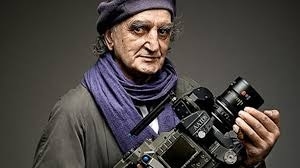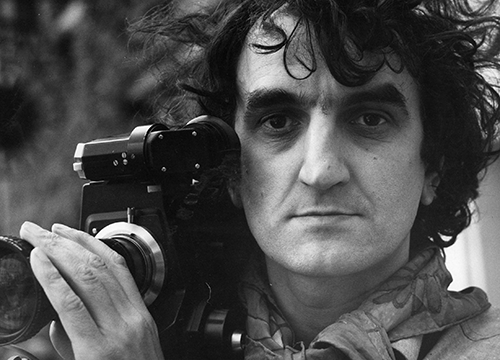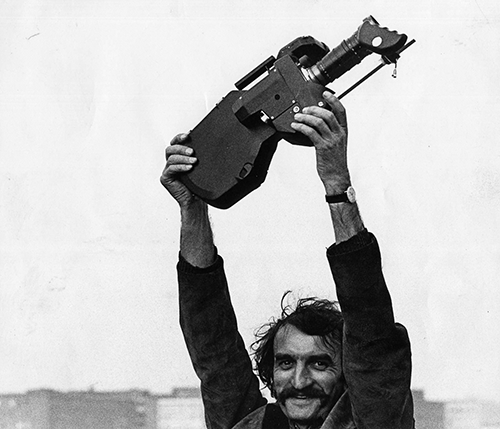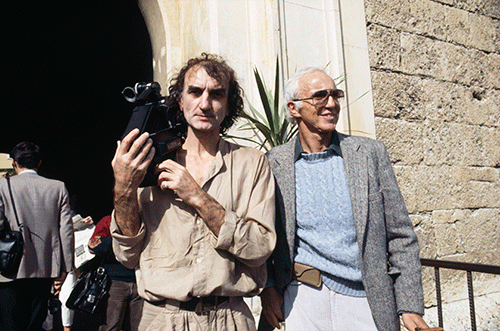
Where does one even begin to start when talking about the truly amazing and gifted man we came to know and love as J P Beauviala.
So let’s begin by going back to 1937 in Alès, where he was born and grew up in the Cévennes region in southern France. This young man did not sit still for very long and found himself in the 60’s studying electronics at the University of Grenoble, where he also managed the film society. He went on to teach electronics and began preparing a doctoral thesis on an electronic and informational analysis of human speech. This was starting to be quite a ride!
 Jump cut to 1967, when he developed the first quartz-controlled motor, enabling cameras and audio recorders to operate in synch without a cable. In 1968, he submitted another pioneering patent for the use of diodes to write time code on film. But then things heated up when JP started working for French 16mm camera manufacturer Eclair, and developed a quartz-controlled motor for its Eclair 16 camera. He also invented and patented a system for recording single-system audio in Eclair cameras. All things it seems come to an end so after Eclair was sold and moved its factories to the UK, he and some co-workers left the company to create their own camera.
Jump cut to 1967, when he developed the first quartz-controlled motor, enabling cameras and audio recorders to operate in synch without a cable. In 1968, he submitted another pioneering patent for the use of diodes to write time code on film. But then things heated up when JP started working for French 16mm camera manufacturer Eclair, and developed a quartz-controlled motor for its Eclair 16 camera. He also invented and patented a system for recording single-system audio in Eclair cameras. All things it seems come to an end so after Eclair was sold and moved its factories to the UK, he and some co-workers left the company to create their own camera. 
That’s when the fun really started because in 1971 he founded the Aaton company with Jacques Lecoeur and François Weulersse, among others. Over the next three years the company developed prototypes of the Aaton 7 camera, which was released to the general public in 1974.
I think you would agree that for many filmmakers — and documentarians in particular — the Aaton was the best 16mm camera for handheld operating. Its design meant that the camera operator now had the bulk of the camera beside their face, so they could comfortably support the camera with their shoulder. Over the years, the Aaton 16mm camera evolved from the Aaton 7, to the Aaton LTR, the Aaton XTR and Aaton XTR Prod. But wait, there’s more because in 1987 saw the introduction of the Aaton 35 camera, which was considerably lighter and smaller than existing 35mm cameras, with a similar ease of use for handheld shooting. The Aaton 35  evolved into the Aaton 35-III which also featured an elegant displacement magazine design resulting in a smaller magazine. Then in 1999 came the A-Minima, a tiny Super 16 camera that was under 10″ long and weighed 2 kilograms.
evolved into the Aaton 35-III which also featured an elegant displacement magazine design resulting in a smaller magazine. Then in 1999 came the A-Minima, a tiny Super 16 camera that was under 10″ long and weighed 2 kilograms.
In 2008, he released the Penelope 35mm camera, a new design with reduced noise that involved an innovative system of separate drive motors. The Penelope was available in 3-perf and 2-perf configurations, making for cheaper (and quieter) production for widescreen shooting. Then in 2011 came the prototypes of the Penelope Delta digital camera, built by replacing the film magazine with a digital backing. This 4K camera offered an optical viewfinder, with simultaneous in-camera recording of uncompressed RAW and DNxHD proxies, but in the end was not released due to manufacturing issues.
In 2013, Jean Pierre left Aaton, which was taken over by Jacques Delacoux of Transvideo, and renamed Aaton Digital.
So, let us never forget that this man, Jean Pierre Beauviala was a major player in cinema technology for half a century. He possessed extraordinary technical knowledge, along with being a designer, inventor, and the founder of the camera manufacturer Aaton. It should not surprise you that he created some 50 patents in film, video and audio technology.
Truly a man for the ages, a respected and inspirational man, no longer with us, whose achievements will live on for decades to come.
This award is presented by



























